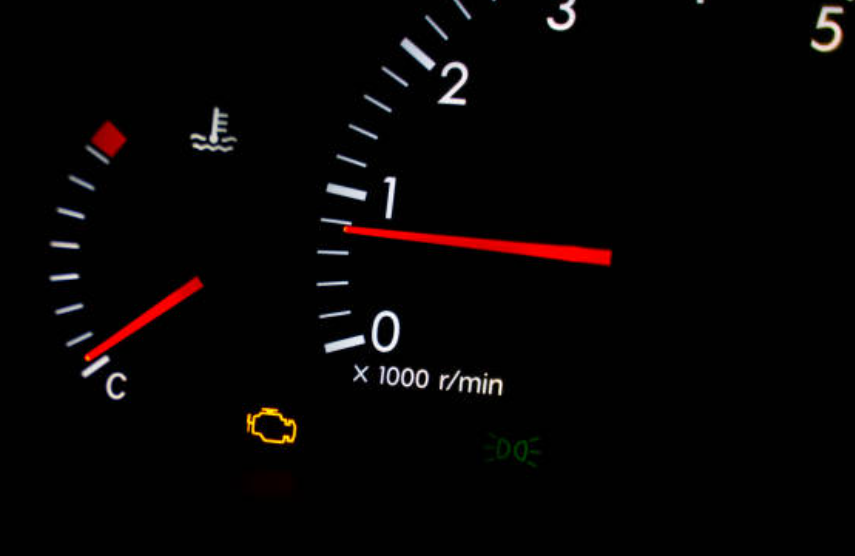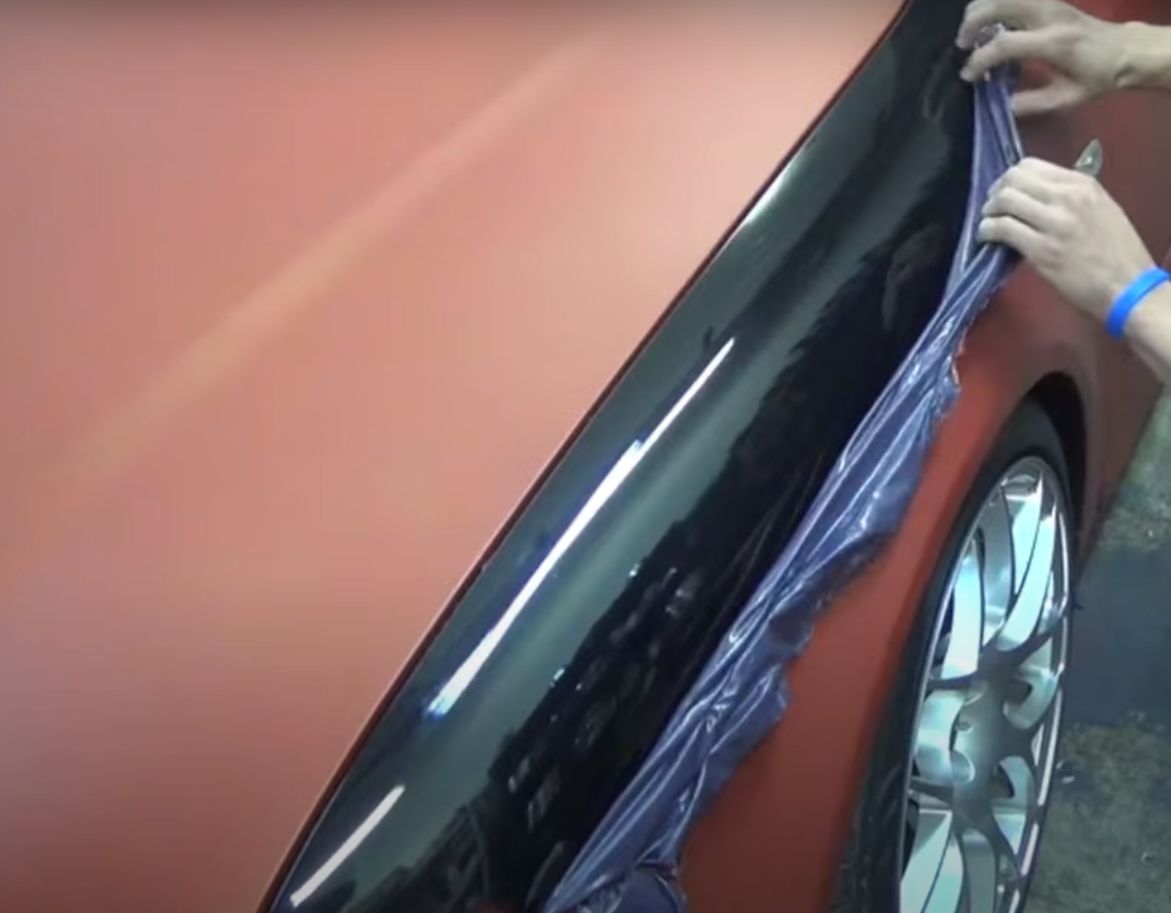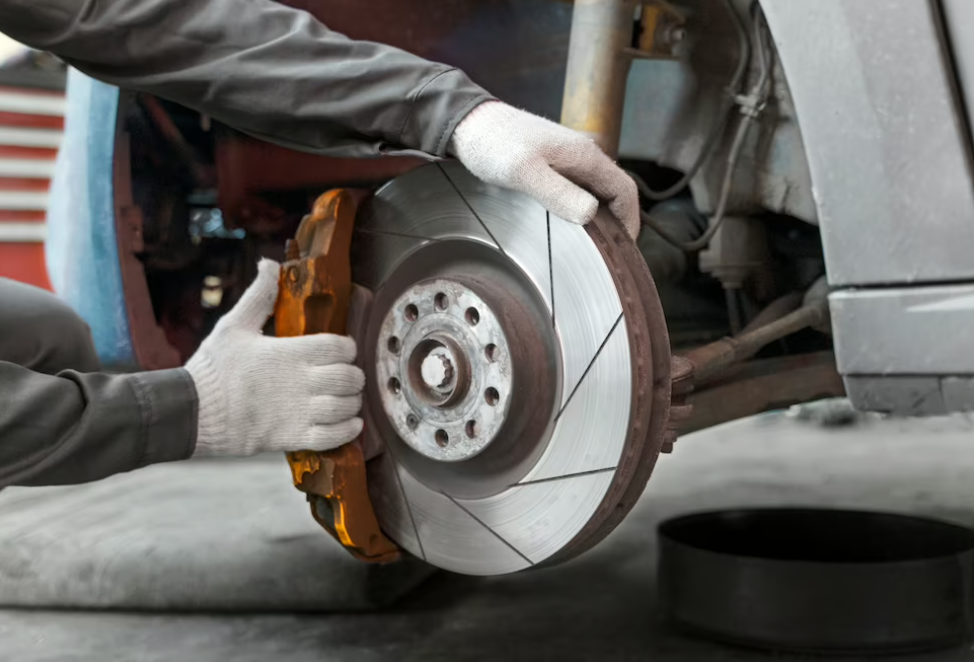Decoding MAP Sensor Symptoms
Troubleshooting an inefficiently running vehicle engine can be a challenging task. Fortunately, modern cars come equipped with a range of diagnostic sensors, and among the most crucial is the Manifold Absolute Pressure (MAP) Sensor. In this comprehensive guide, we'll demystify MAP Sensors, outline typical failure symptoms, and provide essential maintenance tips to ensure these sensors operate smoothly, getting you back on the road swiftly and hassle-free!

What is a MAP Sensor and How Does it Work?
The Manifold Absolute Pressure (MAP) sensor plays a pivotal role in a vehicle's engine management system. It continuously monitors and gauges the absolute pressure within the engine's intake manifold, a crucial parameter for precise air-fuel mixture calculations essential to combustion.
The MAP sensor's operation involves several key steps: it measures intake manifold pressure via a vacuum-connected hose, converts this pressure data into an electrical voltage signal, and transmits it to the engine control unit (ECU).
The ECU, in turn, utilizes this feedback to make instantaneous adjustments to fuel injection duration and ignition timing, fine-tuning the air-fuel ratio for optimal combustion efficiency, engine performance, fuel economy, and emissions control. In essence, the MAP sensor serves as an invaluable sensor, ensuring your vehicle's engine runs smoothly and efficiently across various driving conditions.

Check Engine Light (CEL): The most common indicator of a MAP sensor issue is the illumination of the check engine light on your dashboard. The ECU detects irregular readings and triggers the CEL to alert you to a potential problem.
Poor Acceleration: A malfunctioning MAP sensor can cause sluggish acceleration. If your vehicle struggles to gain speed or hesitates when you step on the gas pedal, it may be due to incorrect air-fuel mixture caused by the sensor.
Reduced Fuel Efficiency: A failing MAP sensor can lead to a rich or lean fuel mixture, which can result in reduced fuel efficiency. If you notice a sudden drop in your miles per gallon (MPG), the MAP sensor could be a culprit.
Rough Idle: An unstable or rough idle is a common symptom of a malfunctioning MAP sensor. Your engine may struggle to maintain a consistent idle speed, leading to a shaky or vibrating sensation.
Stalling or Surging: In severe cases, a failing MAP sensor can cause engine stalling or surging. You may find it challenging to maintain a steady speed or keep the engine running smoothly.
Reduced Power and Performance: A faulty MAP sensor can lead to reduced power and overall performance. You may struggle to achieve the speed and responsiveness you're accustomed to.
Smoke from the Exhaust: If the MAP sensor problems result in a rich fuel mixture, you might observe excessive smoke coming from the exhaust, indicating inefficient combustion.
Hesitation or Jerking: Your vehicle may hesitate or jerk during acceleration or while maintaining a constant speed, making for an unpleasant driving experience.
Difficulty Starting: A malfunctioning MAP sensor can also affect the engine's starting process, leading to difficulty starting the vehicle or extended cranking times.
Poor Emissions: A faulty MAP sensor can impact emissions control, potentially causing your vehicle to fail emissions tests or emit excessive pollutants.

Check for a Check Engine Light (CEL): If the check engine light (CEL) is illuminated on your dashboard, employ an OBD-II scanner to retrieve diagnostic trouble codes (DTCs). These codes, such as P0105 indicating a MAP sensor circuit malfunction, can provide valuable insights into the nature of the issue.
Inspect MAP Sensor Wiring and Connections:
- Conduct a visual inspection of the wiring harness and connector linked to the MAP sensor to identify any signs of damage, corrosion, or loose connections.
- Ensure that the MAP sensor is securely plugged into its harness.
- Promptly repair or replace any wiring or connectors that exhibit damage or wear to restore proper electrical connectivity.
Clean the MAP Sensor:
- Following the guidelines outlined in your vehicle's service manual, carefully remove the MAP sensor from the intake manifold.
- Inspect the sensor for any accumulation of dirt, debris, or oil deposits that may impede its functionality.
- If necessary, cleanse the sensor with electrical contact cleaner or a specialized MAP sensor cleaner, allowing it to thoroughly dry before reinstallation.
Check Vacuum Lines:
- Thoroughly scrutinize the vacuum lines that are linked to the MAP sensor for any visible leaks, cracks, or loose fittings.
- Replace any vacuum lines that exhibit damage or deterioration to maintain a dependable vacuum source.
Test the MAP Sensor:
- Utilize a multimeter to measure the MAP sensor's resistance or voltage output, adhering to the specifications outlined in your vehicle's service manual.
- Compare the obtained readings with the manufacturer's recommended range to ascertain whether the sensor falls within the acceptable parameters.
- If the sensor readings deviate from the prescribed range, it may be prudent to contemplate replacing the MAP sensor.
Perform a Smoke Test:
- Employing a smoke test can be instrumental in identifying potential vacuum leaks within the intake manifold, which can influence MAP sensor readings. This method is often employed by professional mechanics to pinpoint leaks with precision.
Consult a Mechanic:
- In scenarios where the issue remains elusive or MAP sensor readings continue to exhibit abnormalities even after cleaning and testing, it is advisable to seek the expertise of a qualified mechanic or automotive technician. They possess specialized diagnostic equipment that can provide an in-depth examination of the problem and recommend the appropriate course of action, which may include repairs or sensor replacement.

Preventing MAP (Manifold Absolute Pressure) sensor issues is crucial for the optimal performance of your vehicle. Regular maintenance, such as adhering to recommended service intervals, using high-quality fuel, and keeping the intake system clean, can go a long way in ensuring the sensor's longevity.
Additionally, diligent monitoring of vacuum lines and addressing any signs of engine problems promptly can prevent MAP sensor-related complications. Avoiding rough terrain, overloading, and excessive engine modifications can also help safeguard the sensor from potential damage. Ultimately, a proactive approach to vehicle care and timely professional inspections when issues arise will contribute to a trouble-free MAP sensor and a smoothly operating engine.

-
What's the typical cost of replacing a MAP sensor?
The cost of replacing a MAP sensor can vary depending on the make and model of your vehicle and labor costs. On average, the sensor itself can range from $20 to $100, with additional labor costs if you have a mechanic replace it.
-
Can a faulty MAP sensor cause emissions issues?
Yes, a malfunctioning MAP sensor can disrupt the engine's air-fuel mixture, potentially leading to increased emissions. It may cause your vehicle to fail emissions tests or emit excessive pollutants.
Read another review here: The 10 Best Exhaust Clamps For A Secure And Efficient Vehicle












